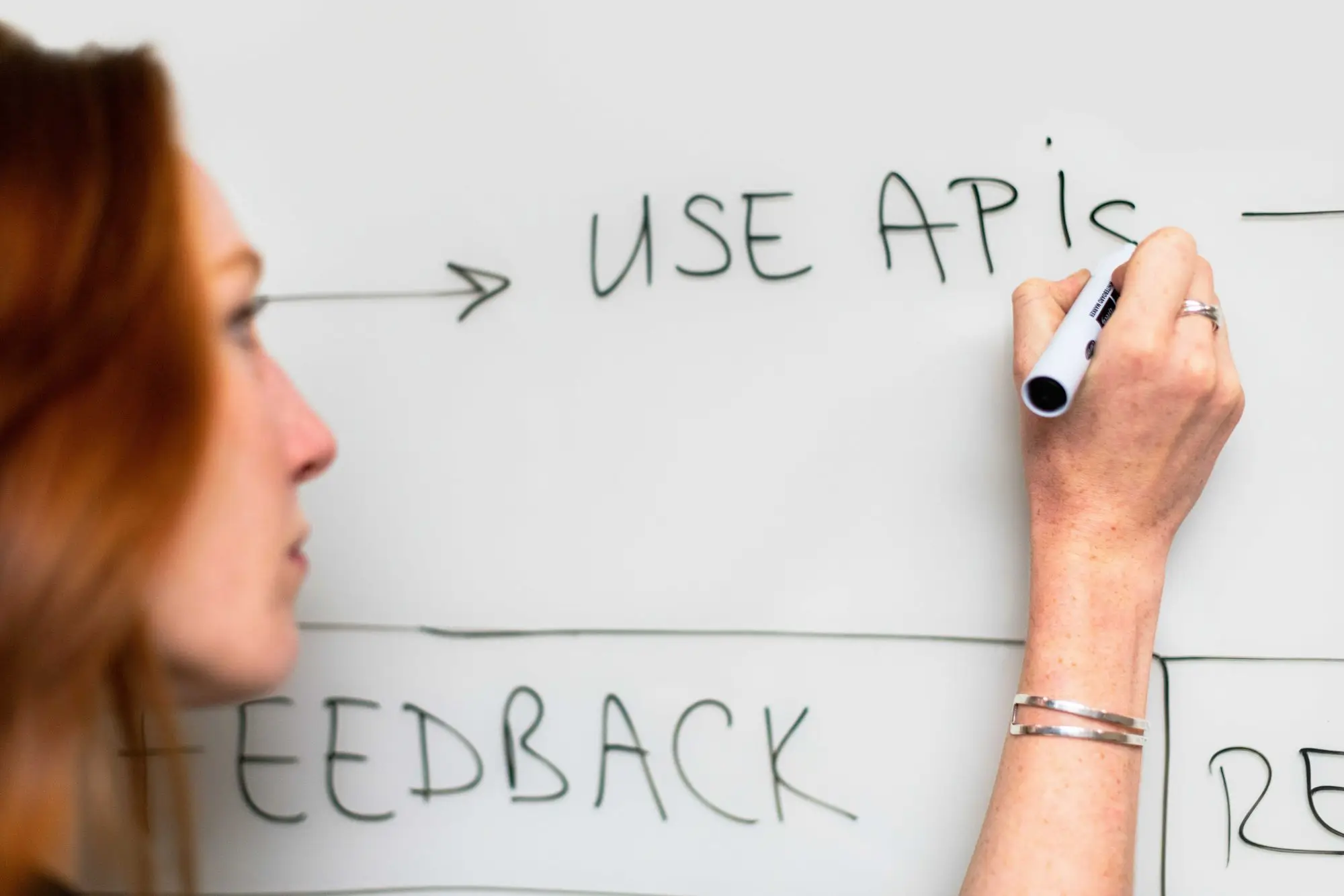In this article, you’ll learn:
Once an enterprise makes a decision to make digital asset management software a part of its technology stack, it’s essential to integrate the new system with all other company’s apps, and API is a perfect tool to do it.
DAM vendor's willingness to include API in their features list becomes a key factor behind a sale. Pics.io’s all-in-one digital asset management solution is not lagging behind. We're presenting Pics.io API functionality for its current and potential customers. With Pics.io API, users can access DAM functions in other to create seamless workflows.
The aim of this post is to shed light on the basics of APIs and explain how they can help your organization achieve its goals.
What is the API?
The API stands for “Application Programming Interface”. It allows any two applications to talk to each other. It’s the “messenger” used to communicate with a system and return the correct response. Each time you use an app like Facebook, send an instant message or check the weather on your phone, you’re using an API.
API real-life examples
Imagine you’re sitting at a table in a restaurant with a menu of choices to order from. The kitchen is the part of the “system” that prepares your order and knows which entrees are available.
You order a specific course and the waiter is not sure whether it’s still available. The waiter has to consult the chef and get back to you. That’s where the waiter (API) comes in. The waiter takes your order and asks the kitchen (system) what to do. The waiter delivers the response and you know if you will get your chicken wings or not.
Here is another real-life API example. Have you ever booked cheap flights online? To book a flight, you use the airline’s website to access their database and check for open seats and their prices.
What if you are not using the airline’s website a channel that has direct access to the data? What if you are using an online travel service that aggregates information from a number of airline databases?
API takes responses from the airline's database back to the ticket aggregator. It then shows you the most up-to-date and relevant information about upcoming flights.
What is the role of the API in DAM?

Although most digital asset management solutions have an extensive library of out-of-the-box integrations, it's near-impossible to instantly integrate with every platform out there. This is where digital assets data API comes into play.
API lets developers access DAM’s endpoints to create custom integrations. This allows them to connect assets with existing productivity tools and desktop solutions. In short, API is all about flexibility. If you have found a DAM vendor that you love everything about but it's missing one thing you can use API to fill the gap.
Your app of choice may not have DAM features, such as video preview and file format conversion. APIs allow developers to put in place these capabilities in other systems without writing DAM from scratch.
An API will provide programs with access to:
- assets (files plus their metadata);
- executing commands through UI (keyword search, create gallery, convert to jpg, etc).
API calls allow sending and receiving assets to and from other systems. API takes the complexity out of working with metadata and displaying previews. DAM handles all the hard work behind the scenes.
API use cases for DAM
API allows accessing a variety of DAM functions from within other platforms. Some common use cases for an API include:
- Resource Distribution: provide easy access to resources from other platforms. Allows for various actions, such as downloading, sharing, version control, and transformation. A good example is the integration of the website on WordPress with DAM. It makes it easy to store, catalog, and use digital assets inside WordPress.
- Direct publishing: create embedded links or upload digital assets to other publishing platforms. By connecting your Shopify store with DAM you can use tags and metadata to associate images and videos in the DAM with your products in Shopify and publish them in your online store
- User management: create new user groups and add, delete or modify users of digital asset management within other platforms, such as the corporate identity and access management solution.
- Integrated advanced search via API: allows you to find digital resources using account search features - such as advanced filters and tags generated by AI - in other productivity tools.
Getting started with APIs
An API represents an opportunity to leverage DAM in other business systems to provide a customized solution that does everything you’d ever want it to. Discover Pics.io API documentation and let us help your company effectively incorporate DAM within your existing workflow.



